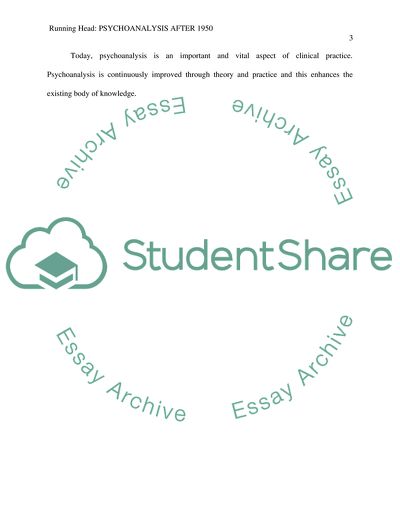Cite this document
(Psychoanalysis and Mainstream Scientific Practice After 1950 Coursework Example | Topics and Well Written Essays - 3500 words, n.d.)
Psychoanalysis and Mainstream Scientific Practice After 1950 Coursework Example | Topics and Well Written Essays - 3500 words. https://studentshare.org/psychology/1850944-psychoanalysis-since-the-1950
Psychoanalysis and Mainstream Scientific Practice After 1950 Coursework Example | Topics and Well Written Essays - 3500 words. https://studentshare.org/psychology/1850944-psychoanalysis-since-the-1950
(Psychoanalysis and Mainstream Scientific Practice After 1950 Coursework Example | Topics and Well Written Essays - 3500 Words)
Psychoanalysis and Mainstream Scientific Practice After 1950 Coursework Example | Topics and Well Written Essays - 3500 Words. https://studentshare.org/psychology/1850944-psychoanalysis-since-the-1950.
Psychoanalysis and Mainstream Scientific Practice After 1950 Coursework Example | Topics and Well Written Essays - 3500 Words. https://studentshare.org/psychology/1850944-psychoanalysis-since-the-1950.
“Psychoanalysis and Mainstream Scientific Practice After 1950 Coursework Example | Topics and Well Written Essays - 3500 Words”. https://studentshare.org/psychology/1850944-psychoanalysis-since-the-1950.


